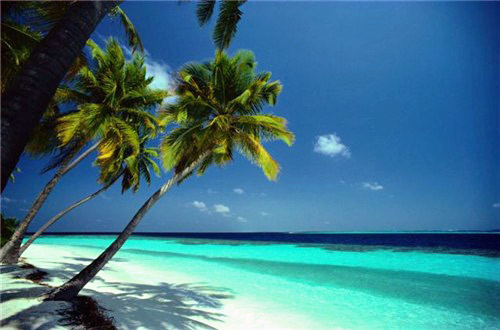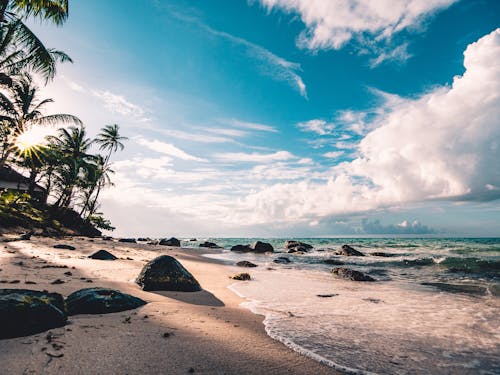Stamp: The Vidzeme coast of the Gulf of Riga (Lithuania 2001)
The Vidzeme coast of the Gulf of Riga (Lithuania 2001)
15 September (Lithuania ) within release Baltic Coastal Landscapes goes into circulation Stamp The Vidzeme coast of the Gulf of Riga face value 2 Lithuanian litas
| Stamp The Vidzeme coast of the Gulf of Riga in catalogues | |
|---|---|
| Michel: | Mi:LT 769 |
Stamp is horizontal format.
Also in the issue Baltic Coastal Landscapes:
- Souvenir Sheet - Baltic Coastal Landscapes. face value 6;
- Stamp - The coast near the resort town of Palanga face value 1;
- Se-tenant - The coast near the resort town of Palanga face value 2*1;
- Stamp - The coast near the resort town of Palanga face value 2;
- Stamp - Typical coastal landscape in the Lahemaa National Park face value 2;
- Stamp - The Vidzeme coast of the Gulf of Riga face value 2;
Stamp The Vidzeme coast of the Gulf of Riga it reflects the thematic directions:
A landscape is the visible features of an area of land, its landforms and how they integrate with natural or man-made features. A landscape includes the physical elements of geophysically defined landforms such as (ice-capped) mountains, hills, water bodies such as rivers, lakes, ponds and the sea, living elements of land cover including indigenous vegetation, human elements including different forms of land use, buildings and structures, and transitory elements such as lighting and weather conditions. Combining both their physical origins and the cultural overlay of human presence, often created over millennia, landscapes reflect a living synthesis of people and place that is vital to local and national identity. The character of a landscape helps define the self-image of the people who inhabit it and a sense of place that differentiates one region from other regions. It is the dynamic backdrop to people’s lives. Landscape can be as varied as farmland, a landscape park, or wilderness. The earth has a vast range of landscapes, including the icy landscapes of polar regions, mountainous landscapes, vast arid desert landscapes, islands and coastal landscapes, densely forested or wooded landscapes including past boreal forests and tropical rainforests, and agricultural landscapes of temperate and tropical regions.
A beach is a landform alongside a body of water which consists of loose particles. The particles composing a beach are typically made from rock, such as sand, gravel, shingle, pebbles, etc., or biological sources, such as mollusc shells or coralline algae. Sediments settle in different densities and structures, depending on the local wave action and weather, creating different textures, colors and gradients or layers of material.
A sea is a large body of salty water. There are particular seas and the sea. The sea commonly refers to the World Ocean, the wider body of seawater. Particular seas are either marginal seas, second-order sections of the oceanic sea (e.g. the Mediterranean Sea), or certain large, nearly landlocked bodies of water.



